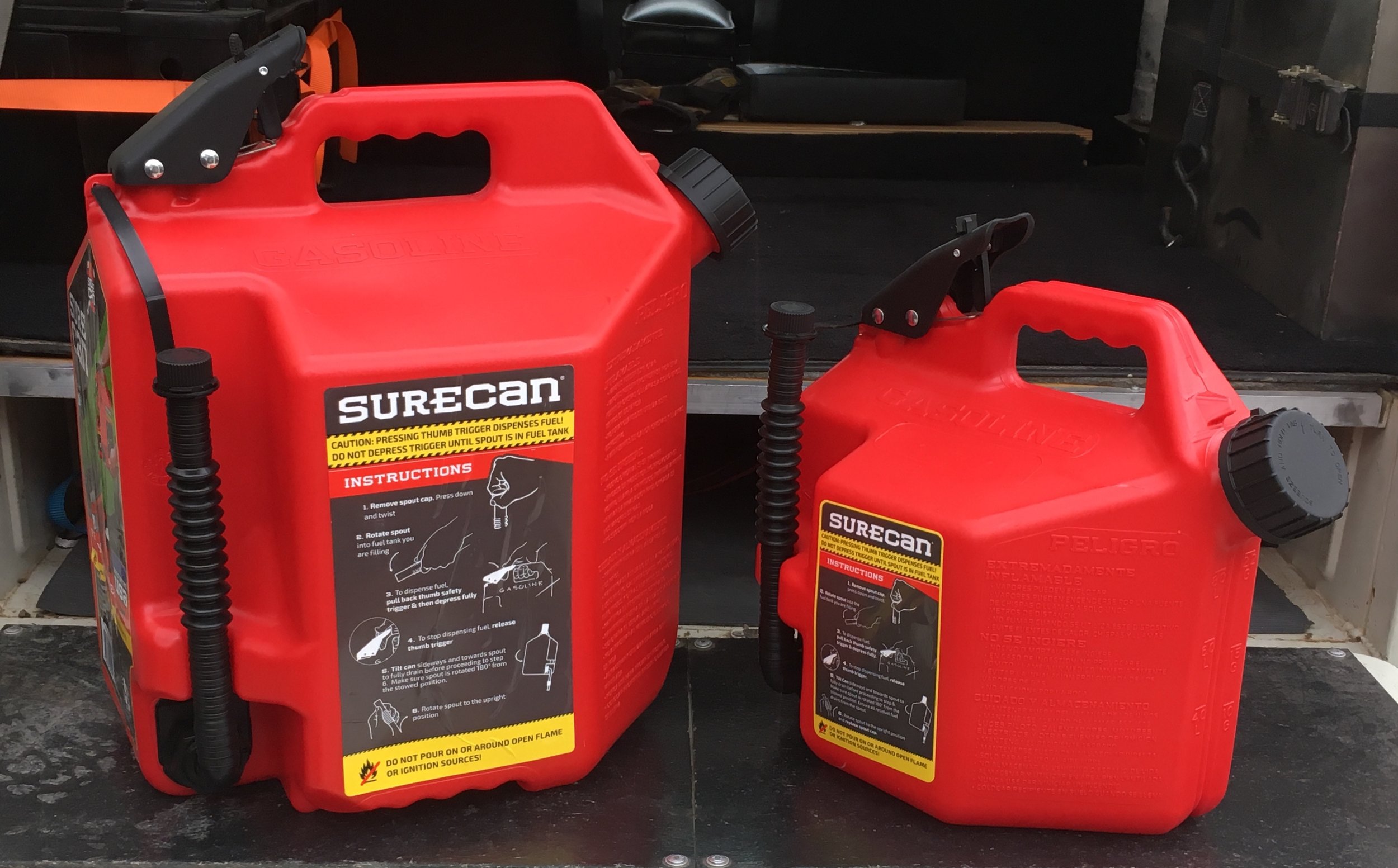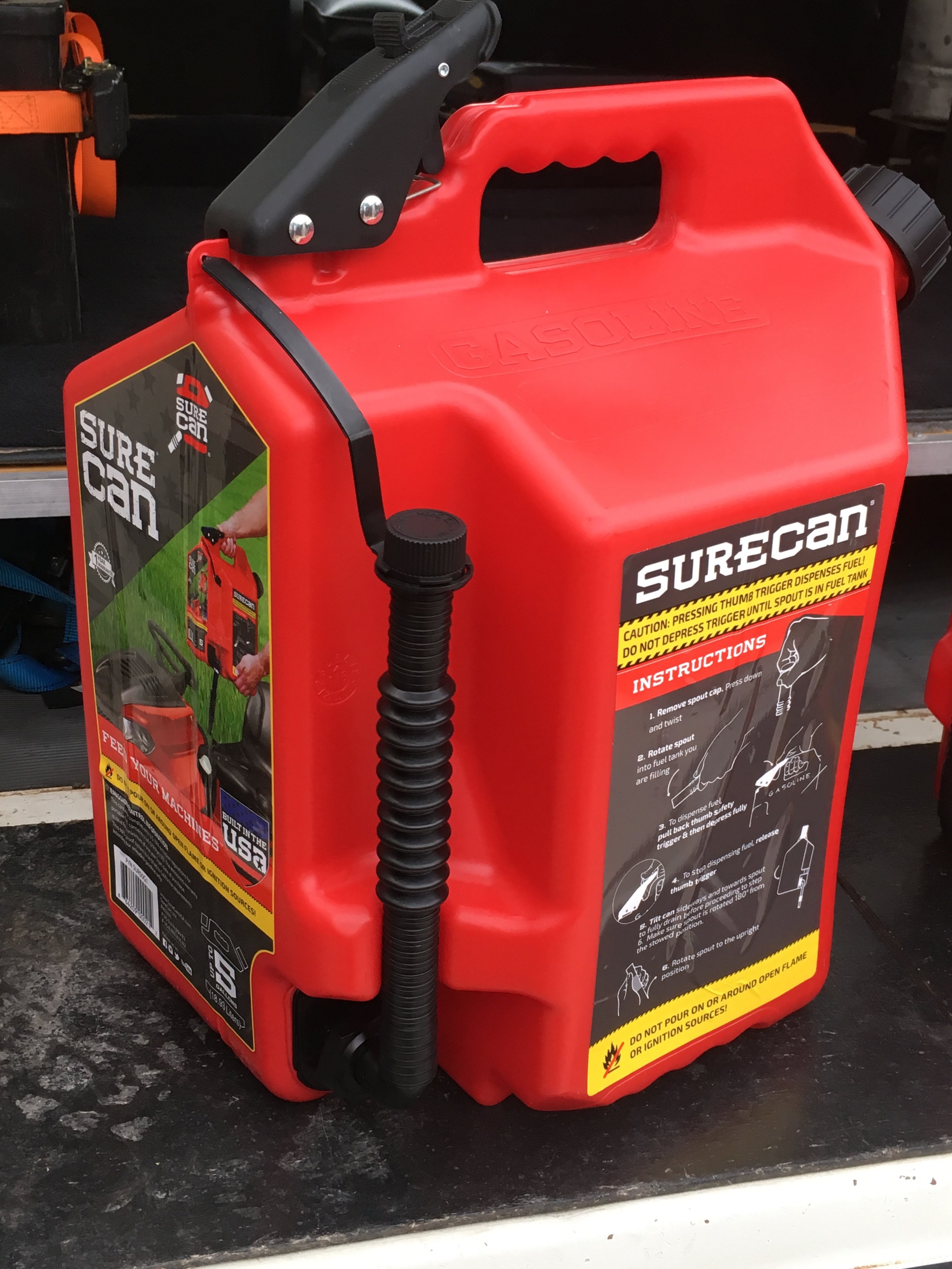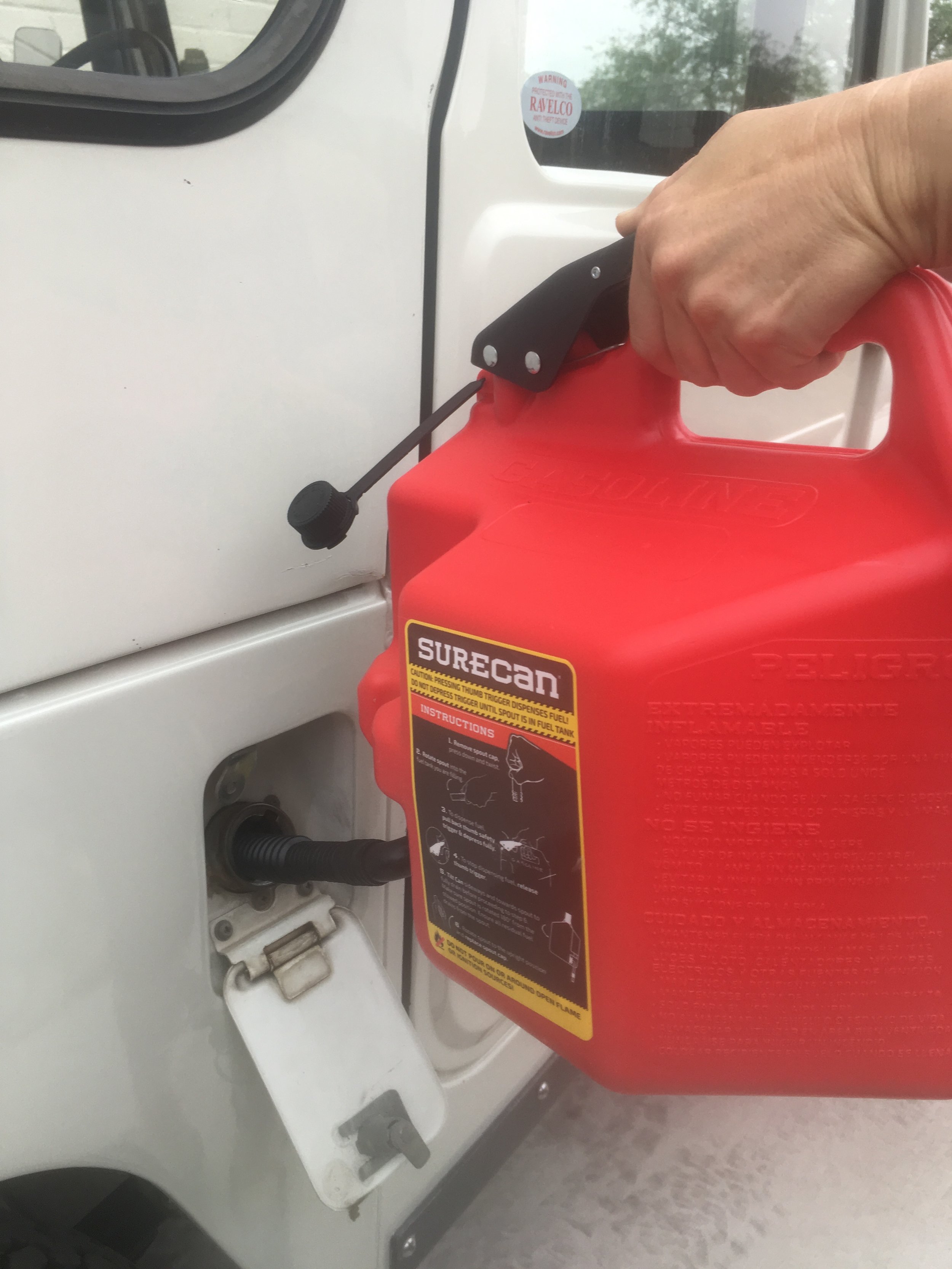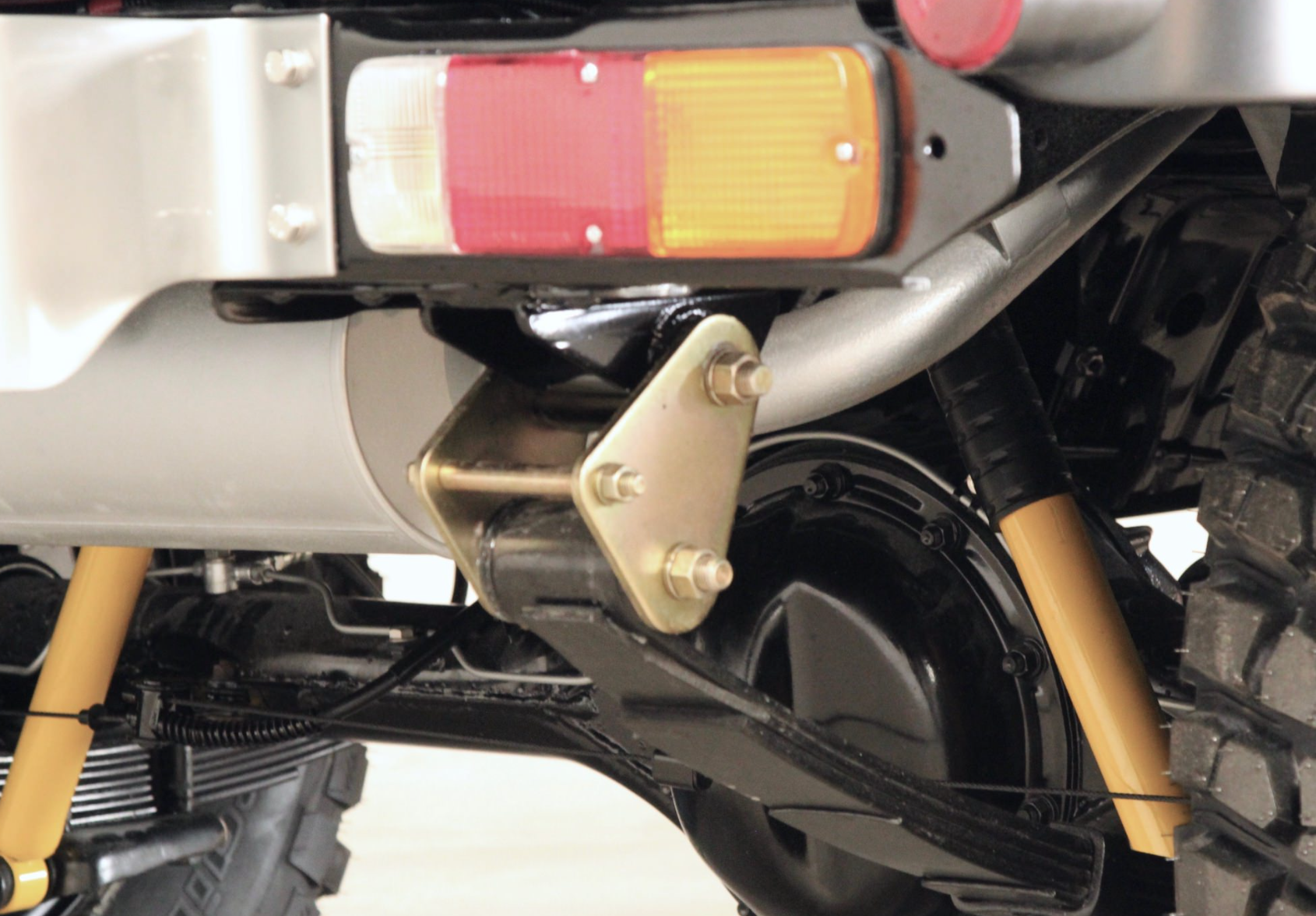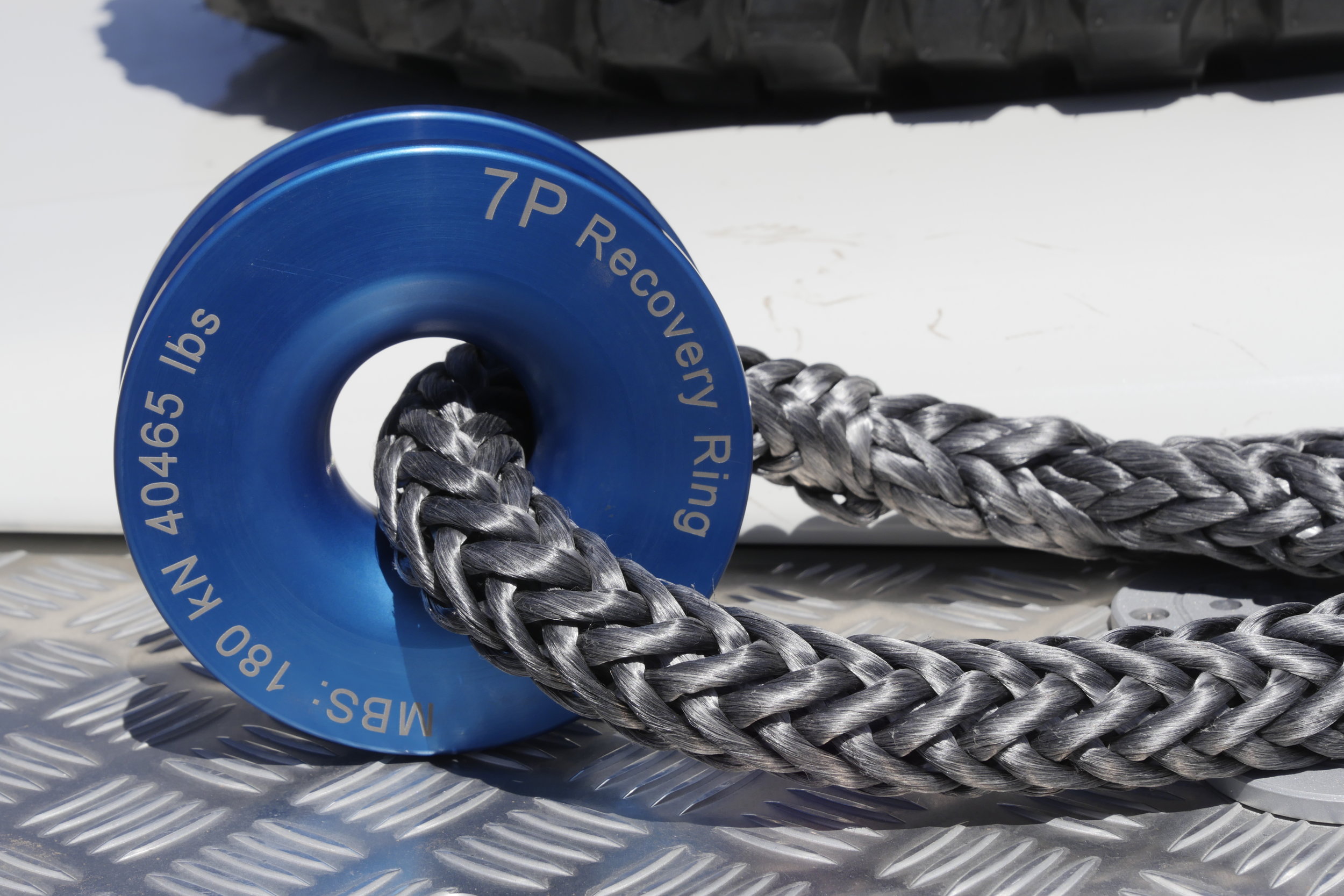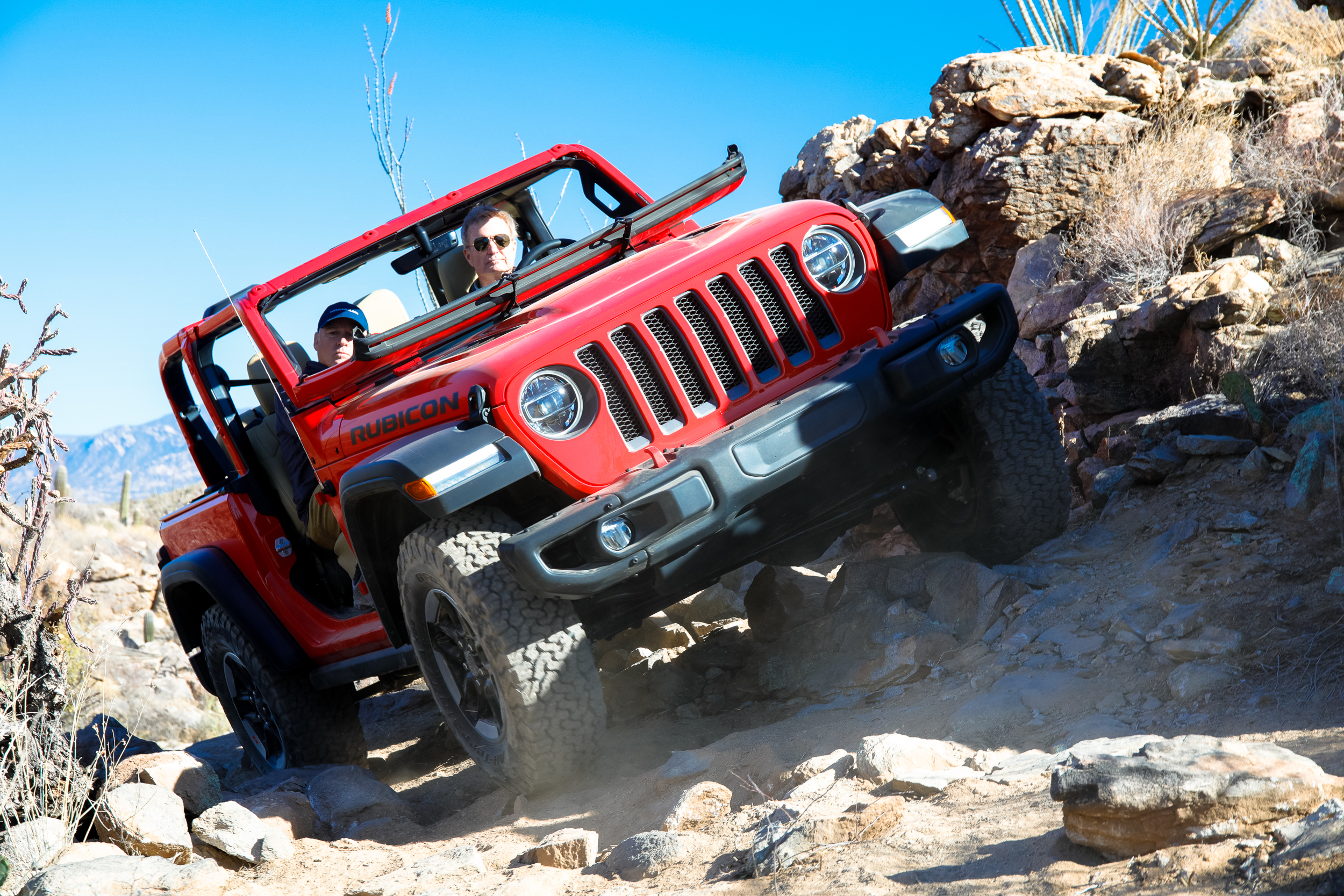The training area at the Overland Expo is obviously an artificial environment, so one could argue that testing equipment there is inferior to doing so in the field. And indeed I do the latter as often as possible.
But there are advantages to testing under controlled conditions too. First, at the Expo we engineer genuinely demanding scenarios that can be just as hard on equipment as the field—in fact at times it might be harder, since if a student fails at an obstacle he or she is likely to repeat it until successful. Second, we’re always monitoring the proceedings carefully, so when something fails we know exactly when and how it did so, which can be helpful in figuring out why. Was the product overstressed or employed outside the manufacturer’s prescribed use, or did it simply fail due to poor materials or workmanship?
As an example consider the pair of Traction Jacks we’ve been using. I briefly tested these in the field (here), in sand, and they seemed to work well. The folding design had clear advantages for storage, and they seemed stout—in fact they were surprisingly heavy at 28 pounds per pair, compared to, say, MaxTrax at 18 pounds per pair. So I decided to throw them into the mix of recovery gear we use in various classes at the Expo.
They did not last long. The first incident was closely described by instructor Tim Hüber. He was teaching a class in lockers and traction control, for which we use two massive roller assemblies to simulate complete loss of traction. A Dodge pickup was having trouble getting up onto the first roller, and spun the rear tires with the diff locked. So Tim backed the vehicle up, made a ramp with doubled MaxTrax for one front tire, and placed a Traction Jack where the rear tire had spun. Tim estimates there was a depression about an inch deep under device, which he figured it could flex into without harm. Not so—as soon as the tire rolled onto the Traction Jack it snapped in two sharply, without any sign of flexing or bending first.
The second one broke at some point thereafter, right at the hinge, under circumstances I’ve not yet discovered. The other half of that unit is missing completely.
I checked back on my initial review of the Traction Jack. The model we have is rated for 1,900 pounds per tire according to the manufacturer. The weight over the rear tire on a full-size Ram might well be close to that, but not over by much. So it doesn’t seem like the unit should have failed with the minor flexing it would have experienced—unless the composition of the Traction Jack relies on it remaining perfectly flat and supported underneath when weight is on it. I’ve emailed the company for more information but have not yet heard back. Originally the Traction Jack was offered two weight classes, the 1,900-pound version and a heavy-duty alternative rated to 4,500 pounds; however, I no longer see two models listed on the site.
Our experience with the Traction Jack might be limited, but it is in marked contrast to our extensive experience with the two sets of MaxTrax in our kit, both of which have been used and abused for years, up to and including being employed to recover the BFGoodrich semi from mud.
Until I learn more, if someone asked me about the Traction Jacks as a more compact alternative to traditional sand mats, I would strongly recommend restricting their use to lighter vehicles.





